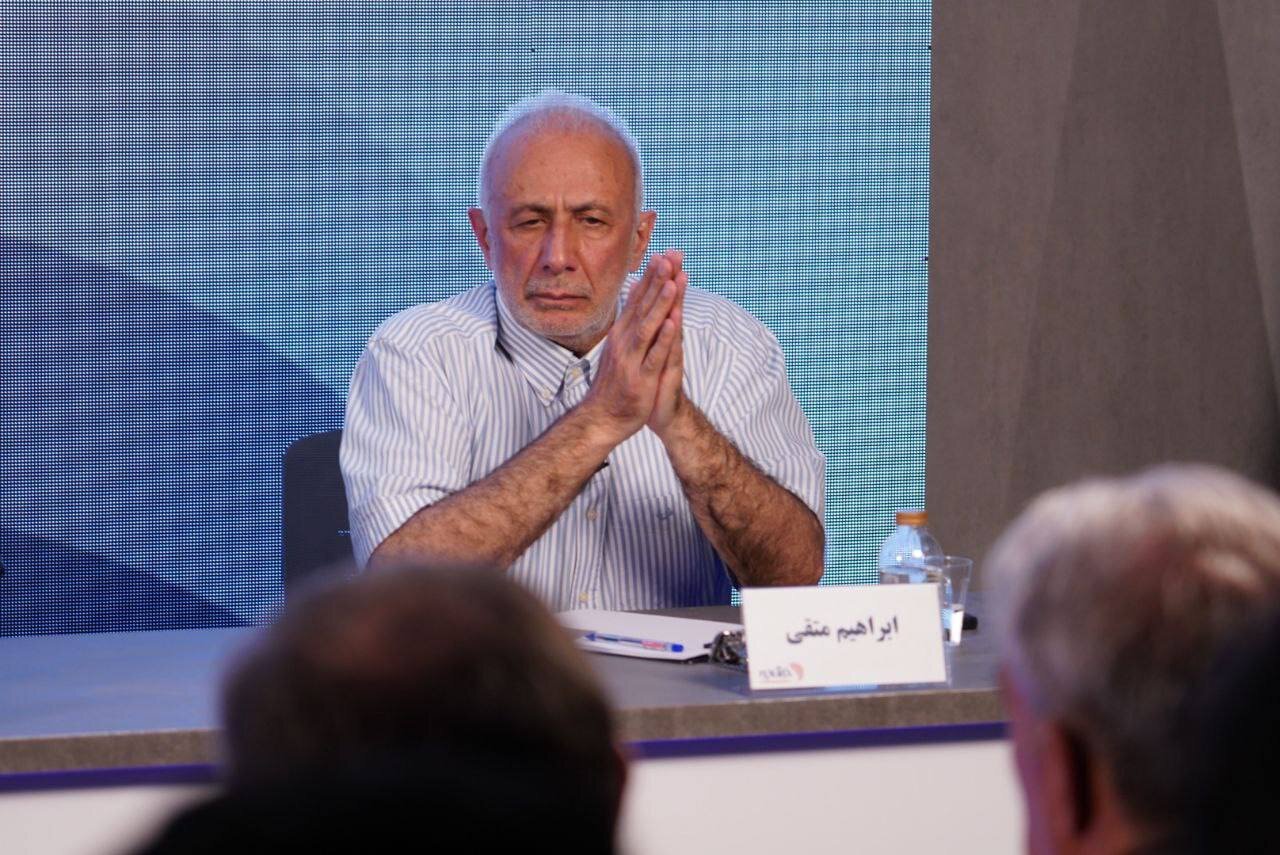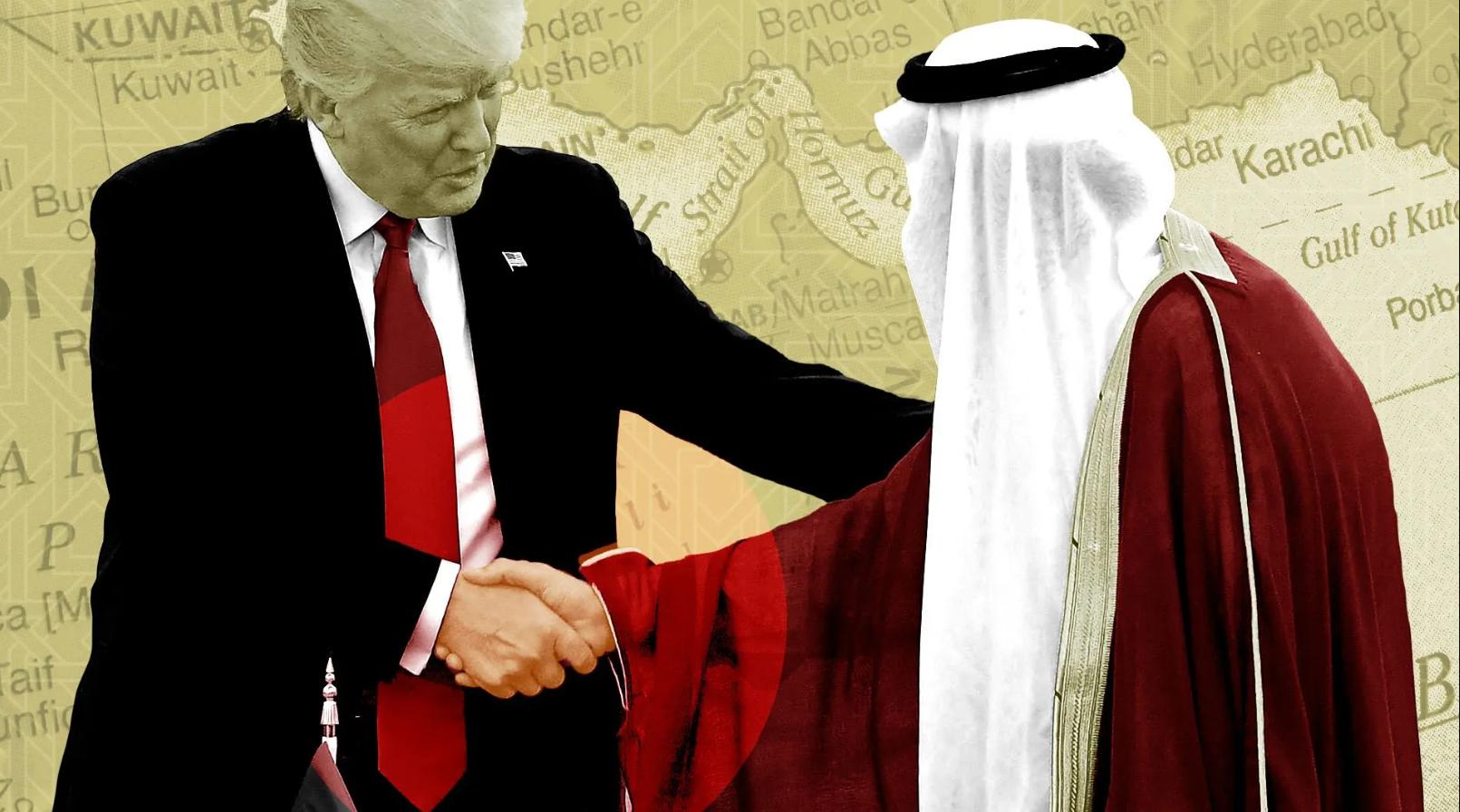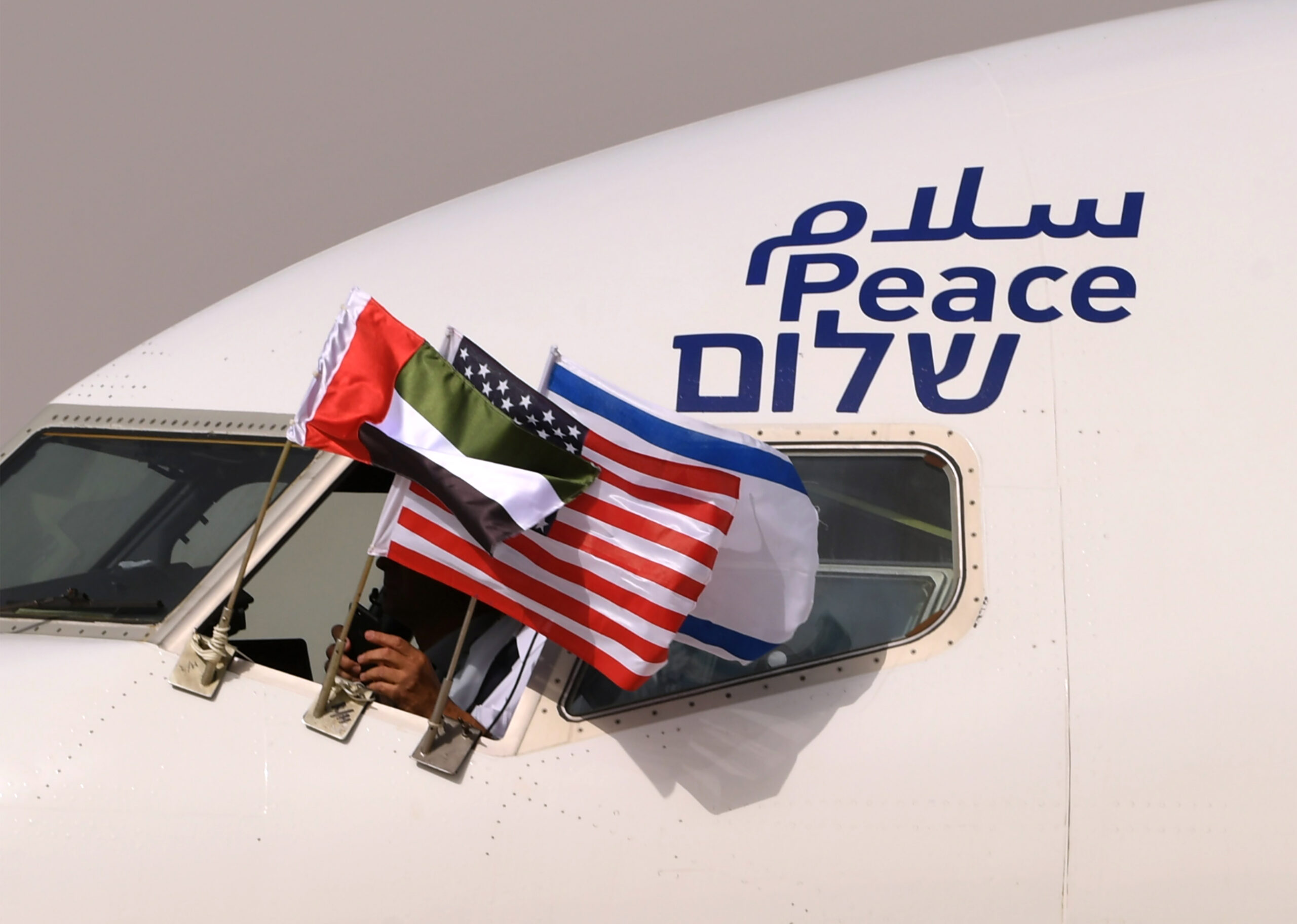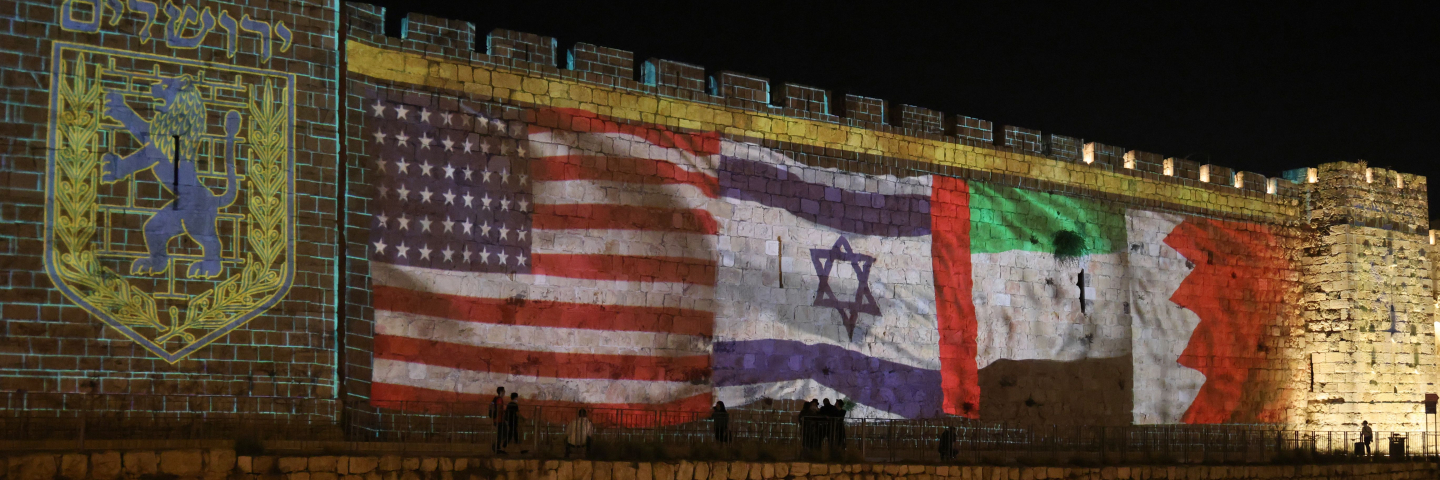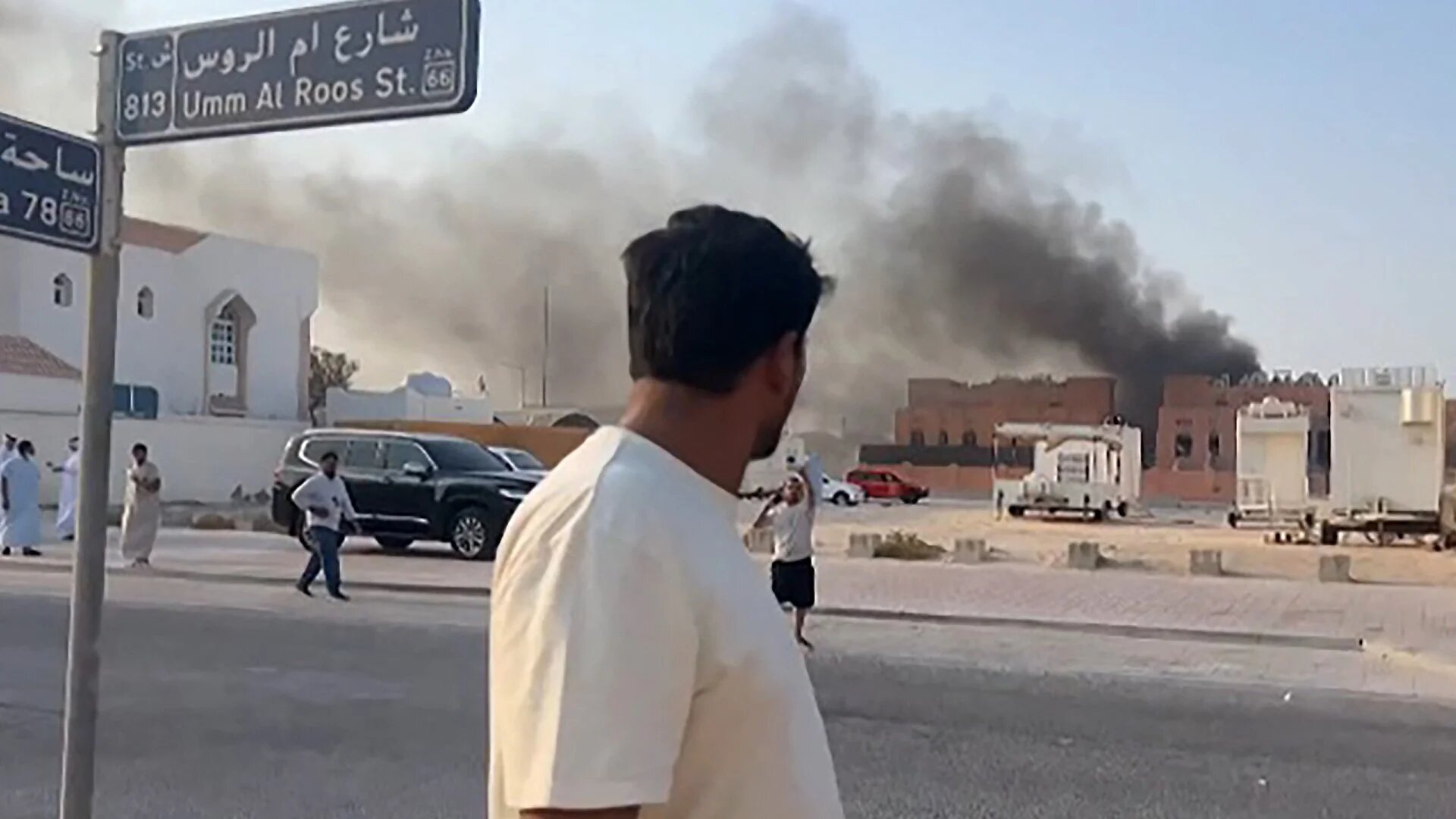Iran stands in the midst of a critical environment and a chaotic global order; a world that more than ever resembles 1938 and the shadow of destructive wars. What should Iran do?
Dr. Ebrahim Motaghi, Professor at the University of Tehran
Historical turning points are accompanied by signs of crisis, instability, and fragile security. Any configuration of global politics in times of crisis leads to the emergence of a “chaotic world.” In such circumstances and historical periods, many strategies of global politics change, and we witness signs of volatility, instability, and escalating challenges. Crisis in the global system relates to conditions in which structural formations of regional security and world politics transform.
Iran is situated in the geopolitical sphere of a “critical environment” and a “chaotic region.” Naturally, any structural changes can leave their impact on Iran’s political and security space. Passing through the political and geopolitical space of a chaotic region is important because the reciprocal relations of countries are formed based on structural necessities. In conditions of crisis, every country, including Iran, will need to employ mechanisms of “regional and international crisis management.”
Overcoming the fragile conditions of regional security crises will not be possible without employing mechanisms related to a “strategy of survival.” In times of crisis, the global order faces signs of security challenges, and as a result, the ground is prepared for the emergence of “regional wars,” “escalating instability,” and “the growing thirst for strategic expansion by great powers.” Many of the indicators of the present era in international relations resemble the security patterns of the world of 1938.
In 1938, Hitler felt that he possessed the necessary capability to control the new world order. Hitler also sought to change the indicators of power in global politics, and on this basis, he attempted to place signs of “global hegemony” on his agenda. Hitler moved beyond the traditions of “Bismarck” and “Wilhelm I” and employed all his power to restore the “notions of Wilhelm II.” In this historical period, the ground was prepared for the emergence and reproduction of regional wars, and this led to an escalation of the crisis.
The power configurations and behavioural patterns of Trump in international politics bear significant resemblance to the developments of 1938. Hitler in 1938 attempted to consolidate his hegemonic role in Europe and global politics. The “Munich Conference” and the “Sudetenland Agreement” can be considered as signs of Hitler’s power politics in a world where regional and global balances were entering a state of ambiguity and transitional change. The notion of power expansion was Hitler’s main concern for effectiveness within the global system.
1 – Trump, International Politics, and the Restoration of a Chaotic World
A chaotic world emerges when structural formations and the equation of power are undergoing transitional changes, but no actor is capable of controlling centrifugal processes. In the space of a chaotic world, every actor seeks to place signs and avenues of environmental effectiveness on its agenda. Escalating crises are part of the endless reality of global politics during the era of Donald Trump. These crises reflected Trump’s policies in Southwest Asia, Latin America, the Eurasian sphere, and the Caucasus, and at each historical stage were accompanied by signs of the structural reproduction of crisis.
Many realities of the 1930s can be observed in present global politics. Trump, even in the course of the “Alaska Conference” and in the atmosphere of receiving “Vladimir Putin,” sought to reflect signs of power politics and thereby overcome the indicators of global and regional balance. The rhetoric of “Joe Biden,” the former President of the United States, regarding the possibility of expanding regional wars and their escalation into the emergence of a Third World War, reflected such a notion in reaction to Donald Trump’s global policymaking.
Any politics of power takes shape and reflects its effects in the regional environment when signs of a controlling balance exist. In the present era, the United States under Trump, as a balancing actor, not only has no inclination to adopt mechanisms of “peace-making through balance,” but also seeks to impose the equation of power in all global spheres and thus prepares the ground for the “emergence of regional chaos.”
The signs of chaos in the regional environment and the global order can be understood in connection with regional crises and endless wars. Wars in which some of the actors, including Israel and Ukraine, are supported by the United States, thereby making the disruption of balance inevitable. The realities of international relations indicate that any escalation of crisis creates the necessary conditions for the emergence and reproduction of world wars.
The First and Second World Wars took shape under conditions in which unstable balances in the capability and effectiveness of European powers were created, and none of them was able to play a hegemonic role. In 2025, Donald Trump seeks to pursue and place on his agenda a new form of regional balance. Naturally, such a process creates the ground for crisis and reciprocal actions of other actors. The presence of a number of European leaders at the Washington Summit in their meeting with Donald Trump reflects the reality that the United States seeks to employ mechanisms of hegemonic action, and this inevitably brings about new challenges in global and regional politics.
2 – Iran’s Strategy in a Chaotic World
The explanation of Iran’s political and strategic realities in the present era is linked with signs of “ambiguity and security uncertainty.” Under such conditions, it is natural that the possibility of the resumption of new wars exists. Although the 12-day war of Israel and the United States against Iran was halted due to signs of a “vague and fragile ceasefire,” many Iranian and international analysts believe that signs of the resumption of war and the end of the ceasefire are emerging. Such signs can be regarded as part of the security ambiguity of a world in transition.
In such circumstances, signs of mediation in the sphere of global politics are observed. The efforts of China and Russia have so far not led to a positive and constructive result for “conditions of cessation of hostilities.” Therefore, it seems natural that in the near future Iran will face signs of new security threats; a threat that can create the grounds for the reproduction of a second phase of war and the military confrontation of the United States and Israel with Iran. Whenever signs of escalating threat emerge, the formation and resumption of mechanisms of hostile action by actors involved in crisis and security conflicts is inevitable. In the space of escalating regional crisis, Iran will be compelled to place the “strategy of survival” as the main axis of its security policy on the agenda.
In the present global environment, China pursues a “policy of gradual transition.” Putin also pays attention to a “strategic balance.” What “Medvedev,” Deputy President of Russia, stated in the early days of August 2025 about the possible use of nuclear weapons under conditions of escalating crisis, corresponds with the existing signs of global politics. The European countries at present adapt themselves to Trump’s endless dreams. The Washington Summit of August 18, 2025 reflects the realities of the new world order. In the present conditions, only Iran and Russia have placed the policy of resistance against global hegemony on their agenda.
The adoption of a policy of resistance is one of the indicators of the “strategy of survival” in the conception of the political and security action of the Islamic Republic. Iran, like many regional countries and great powers, needs a “peaceful transition” from the strategic space of “uncertainty” and “escalating crises.” Under such conditions, Iran must employ mechanisms related to “security diplomacy.” The main feature of security diplomacy is that the impact of any diplomatic action upon Iran’s strategic indicators is examined.
Since the United States and Israel have placed a policy of hostile action toward Iran on their agenda, it is natural that in the future they will pursue such an approach or use it as a lever of “coercive diplomacy.” Iran’s security policy will be based on signs of bilateral and multilateral cooperation in the regional environment. To pass through the crisis, Iran must regard the politics of power as the backing of its diplomatic action. The politics of power can be observed in Iran’s military maneuver of August 21, 2025.
Any politics of power can provide the necessary ground for “diplomatic mobility” and “political effectiveness in geopolitical equations.” Iran’s missile manoeuvre reflects signs of the “power of resistance against escalating threats.” Iran’s missile manoeuvre will be an attempt at constructive diplomacy in the space of escalating threats. The use of the “policy of displaying power” in the era of increasing threats against Iran does not have an aggressive nature, but rather reflects the new realities of Iran’s reciprocal action. Iran’s missile manoeuvre took place under conditions in which the United States and Israel would not feel that they are in a position of absolute superiority. Iran is aware that any balance leads to the continuation of the process of peace-building. Therefore, the necessities of the strategy of survival require that Iran employ the policy of resistance, tactical manoeuvre, and the optimization of its social capabilities in a space based on “constructive diplomacy.”
Conclusion
Global politics is linked with signs of crisis, security ambiguity, and widespread challenges in transition. Donald Trump, the President of the United States, seeks to employ power politics as an instrument for hegemony and even “global domination.” The use of power politics is desirable when the goal of actors and agents is based on the principle of balancing and multilateral cooperation. Balancing can be regarded as part of “peace diplomacy in conditions of escalating regional and global crises.”
In the space of a chaotic world, any ceasefire and even the policy of cessation of hostilities will have an unstable and changeable nature. Although liberals of international relations emphasise that narrative is the central axis of power politics or peace diplomacy, the production of any narrative requires a material foundation of power as a deterrent tool against threats. Power politics can create the ground for reciprocal cooperation among actors whose communicative interaction with one another is possible, and this is employed to confront the widespread threats of actors who seek policies of changing the global and regional order.

